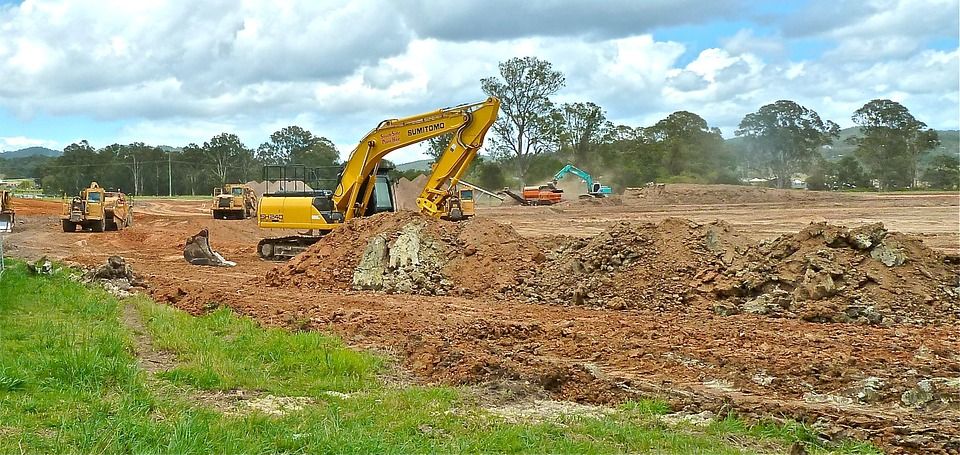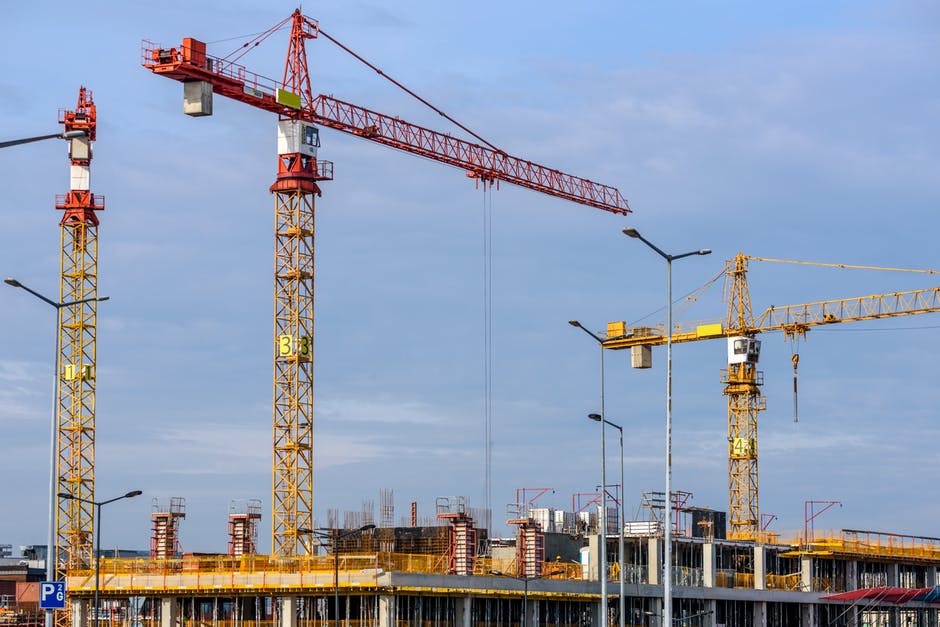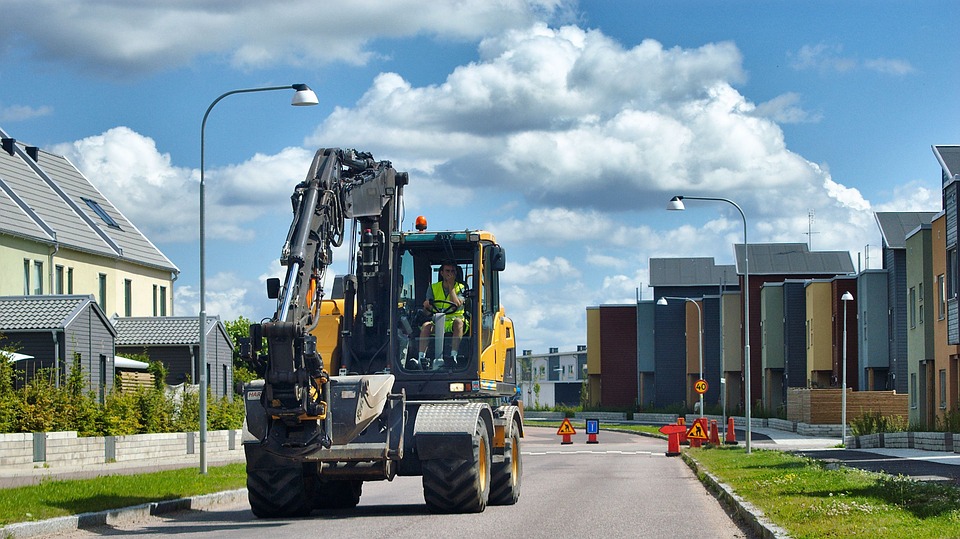Civil Engineering - As a career option

Civil Engineers are the builders among engineers. They are the people who develop the man-made environment that surrounds us today. One of the most prominent products of the advancement of civil engineering is the urban landscape.
Right from roads to skyscrapers, civil engineers were responsible for developing and beautifying the physical aspects of human civilization and development.
The Perks of Being a Civil Engineer
Civil Engineers fit into a wide range of different areas of industry. Be it the private or the public sector; infrastructure development is one of the key aspects of doing anything new, and the expertise of a civil engineer, whatever their specialization can never be underestimated.
Hence, despite being the oldest discipline of engineering that contributes solely to the requirements of the common man on the street, Civil engineering is and will always be in demand.

How to Become a Civil Engineer?
Like any other engineering discipline, the process of becoming a civil engineer begins when you are at the high school. It takes perseverance and a focussed endeavor to top engineering entrance examinations in the nation and to land yourself in a top engineering college.
However, because most civil engineering disciplines deal with technology and science that have been around for centuries (with various degrees of enhancements), the discipline doesn’t carry the same element of novelty as that of, say, computer science engineering. This makes a civil engineer’s climb to the top slightly less steep, because there is marginally lower competition.
After taking your entrances and getting into an engineering college, your target should be getting yourself as much experience as possible on your way to your Bachelor of Technology degree (Bachelor of Engineering in some colleges).
Fortunately, the top colleges leave no stone unturned to ensure that you’re well-prepared to take the market head-on.
Eligibility Criteria to Become a Civil Engineer
+2: graduate in the science stream with an aggregate 60%.
Bachelor’s Degree: Bachelor of Technology in Civil Engineering
Master’s Degree: Master of Technology in Civil Engineering (Optional)
Relatively fewer civil engineers (compared to other branches of engineering and the applied sciences) go on to pursue postgraduate degrees and research.
This is because the demand for civil engineers in the industry is much higher than that in the classroom or the lab. However, there is no end to specializations and research opportunities available for those who desire to satiate their inclination.
From there on, your journey continues to steadily progress for as long as you want it to – once you have the necessary experience and have aced at one aspect of the stream, the world is your oyster.
A Day in the Life of a Civil Engineer
Hey, I work as a civil engineer for one of the government of India’s road development authorities. Let us take a virtual trip to my world!
I’ve been working here for three years now. To work as an engineer for the government, you must take the Indian Engineering Service examination after your bachelor’s degree. The exam is quite competitive, but once you’re in, your life is made.
My job is to work as part of a large team that builds and maintains roads for the state. Contrary to what you might think, road development is a very complex and multifaceted activity that has no fixed paradigm like branches of engineering. Even though they look the same, no two roads are the same.

4:00 AM: My team and I have arrived at one of the busiest national highways of the state. This road is responsible for delivering everything from food and water to machinery from the state’s capital, and significant damages to it might affect millions of lives.
We’ve had reports of there being potholes along the road in these areas and we have come to take a look!
5:00 AM: My team is setting up a number of sophisticated measuring and monitoring apparatus that we need before we can fix the problems.
The potholes and depressions in the asphalt are extensive and merely repairing them isn’t going to keep the problem at bay for long. We need to figure out what’s causing them and eliminate it.
Oh – why in this ungodly hour, you ask? Well, all through the night, highways experience heavy traffic of large trucks passing in and out of the city, and after the wee hours in the morning, smaller vehicles owned by people traveling cross-state takeover.
This is the best time for us to do our job without blocking traffic! Funny, eh?
8:00 AM: We installed two pneumatic tubes each at the sites of the potholes. These tubes have two important functions – from the amount of pressure on them, they can measure the weight of the vehicles that are passing over them.
Also, they can estimate the speed of the vehicles from measuring the time between the front and rear wheels passing. These are important statistics for repair.
10:00 AM: We’ve analyzed the damages to the road and have deduced that there are, for the most part, two kinds of potholes – those that are being caused because of flooding, and those that are being caused by heavy vehicles.
By the way, when civil engineers say “flooding” they don’t imply a natural calamity. I’m on my way to my workplace now.
12:00 AM: We left a junior engineer and some help on site to monitor the traffic and determine the load on the road. My job at the moment is to look up the composition of the asphalt and the design of the road to determine if it can handle the stress of the heavy traffic and the vagaries of an unruly weather. 
2:00 PM: I realized something very interesting! These roads were designed way back in the 1950’s, when engineers didn’t have accurate numerical data on the climatic conditions of this part of the country.
They based their design on the amount of rainfall received by the state in a year, which incidentally, was unnaturally dry. Hence, the composition of the road isn’t fit. No wonder the road’s giving in!
4:00 PM: I give a call to my staff at the site to determine how things are going. They have the equipment to analyze the traffic in the area in real time, and they inform me that the load on the road has increased to six times higher than what was the case when the roads were first built. As expected, the next few steps are simple.
5:00 PM: I send a quick email to my supervisor informing him of our initial findings. The road composition has to be altered, and we’re waiting for a detailed analysis from the materials development department as well as the complete set of data from our on-site analysis.
I’ll submit a complete report by the end of the week, and we’ll wait for our recommendations to be approved until we take further steps.
Did you enjoy the trip in my world? Are in interested in construction? Do you want to become Civil Engineer? Still confused? We hope this article will prove fruitful to your queries. have your say in the comment box below. Enjoy Reading!
Login to continue reading
And access exclusive content, personalized recommendations, and career-boosting opportunities.
















Comments
Add comment